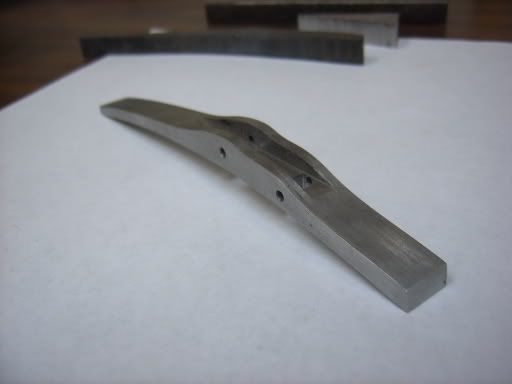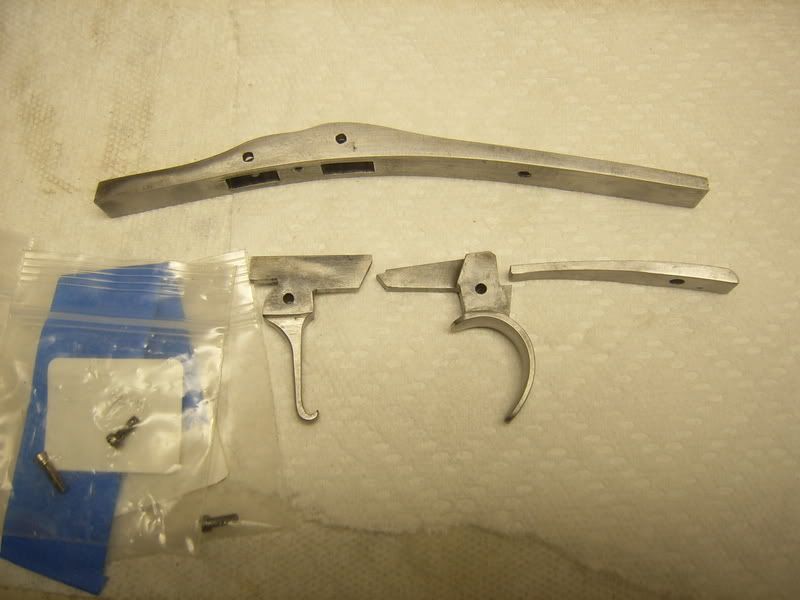William Joy
40 Cal.
- Joined
- Feb 27, 2008
- Messages
- 140
- Reaction score
- 0
I am a journeyman gunsmith and mostly work on doubles and combination guns. As a hobby I am into muzzleloader shooting. I am interested in building a Flintlock rifle from scratch. and I would like to do it the way the were built in late 1700 ( so no modern deep boring equipment,electric tools, sandpaper,....). All parts need to be built ( even though I realize that most of them bought locks, parts,...). I am also leaning towards a damascuss steel barrel. Anybody out there having done a similar project and willing to answer a "few" ( ha!) questions?










